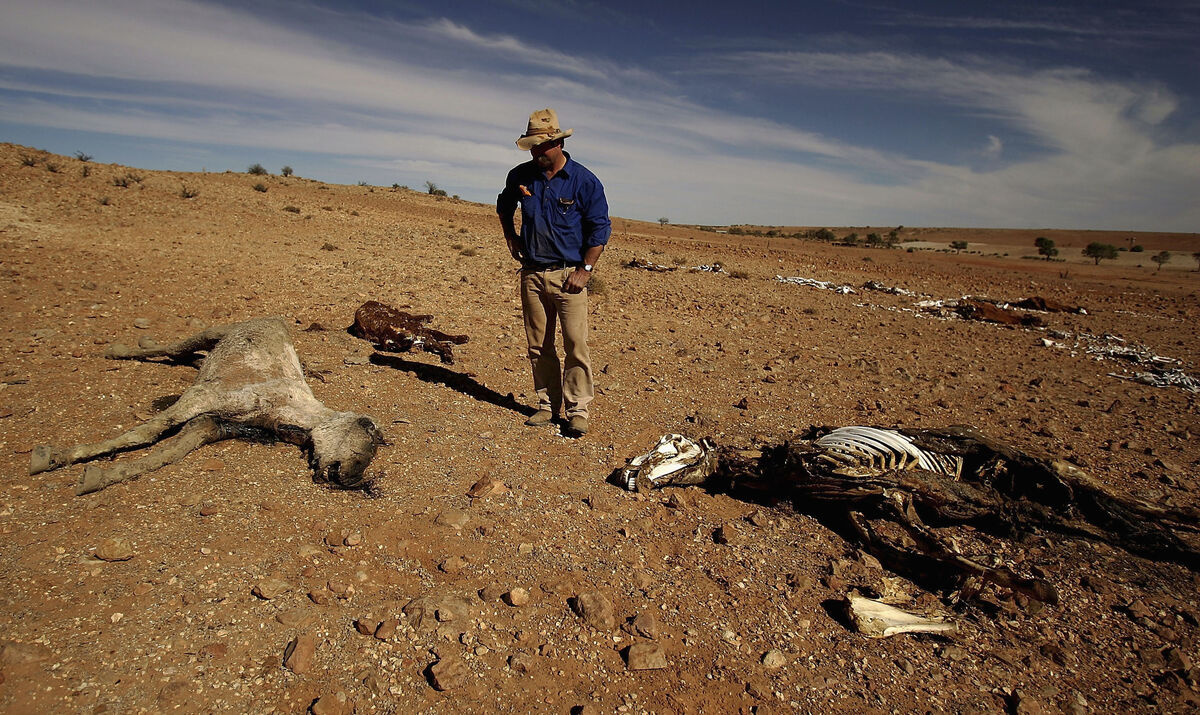Europe moving too slowly to tackle 'triple environmental crisis'

Rare native plant species will disappear as Ireland's climate changes. Picture: Larry Cummins
Europe is moving far too slowly to tackle "the triple environmental crisis of climate change, pollution, and loss of biodiversity", the continent's leading health official has said.
The World Health Organization's (WHO) regional director for Europe Dr Hans Henri Kluge said nearly 700,000 "needless deaths can be attributed to air pollution alone", with 1.4 million people dying yearly in the continent due to environmental factors.
Dr Kluge, who was speaking in Budapest at the 7th Ministerial Conference on Environment and Health, said last year's record hot summer cost 20,000 lives, while 77 million people in Europe still lack access to safely-managed drinking water.
The message comes as researchers from University College Cork (UCC) find climate change is already impacting Ireland's native wildlife, with more species likely to disappear while invasive species will multiply.
UCC’s Department of Geography and Environmental Research Institute looked at the impact of climate change on the country’s deer and 13 of its most vulnerable plant species.
Rare native plant species such as spring vetch, wood crane's bill, the nettle-leaved bellflower and Mackay's heath will disappear as Ireland's climate changes, while non-native sika deer will increase across the country, the scientists said.
Lead author James O’Mahony said: "We must prioritise the conservation of native flora from the potential negative impacts of both native and non-native deer species, as plants play a fundamental role in maintaining biodiversity, supporting native wildlife, ensuring the long-term resilience of our natural habitat, and protecting part of Ireland’s natural heritage."
This week saw the warmest two days on record, with global temperatures averaging slightly over 17C on Monday and Tuesday as the climate crisis continues to intensify.
Climate change as well as the return of the El Niño weather phenomenon are the cause of the record-breaking temperatures, scientists believe.

El Niño refers to warming of the ocean surface, or above-average sea surface temperatures, in the central and eastern tropical Pacific Ocean, affecting the rest of the world when it happens. The phenomenon returned after the third winter of the La Niña water cooling phenomenon, in a highly unusual "triple dip" situation.
Opposite to the warming El Niño pattern, La Niña refers to the large-scale cooling of the ocean surface temperatures in the central and eastern equatorial Pacific Ocean, coupled with changes in the tropical atmospheric circulation, namely winds, pressure, and rainfall.
Even with La Niña, Europe recorded its hottest ever summer in 2022, with scientists warning the return of the warming El Niño likely to spike temperatures even further.
Maynooth University professor of geography and climate change Peter Thorne said in May that typically, there is a three-to-six month lag between El Niño temperatures and global temperatures.
He envisaged there was a reasonable chance now that 2023 might be a record warm year for global surface temperatures.
"But if El Niño really kicks in, then 2024 will almost certainly be a new record and there is a chance, maybe not super-high, but that it could break through the 1.5C pre-industrial mark, albeit as one year and not on a long-term sustained basis," he said.
CLIMATE & SUSTAINABILITY HUB





